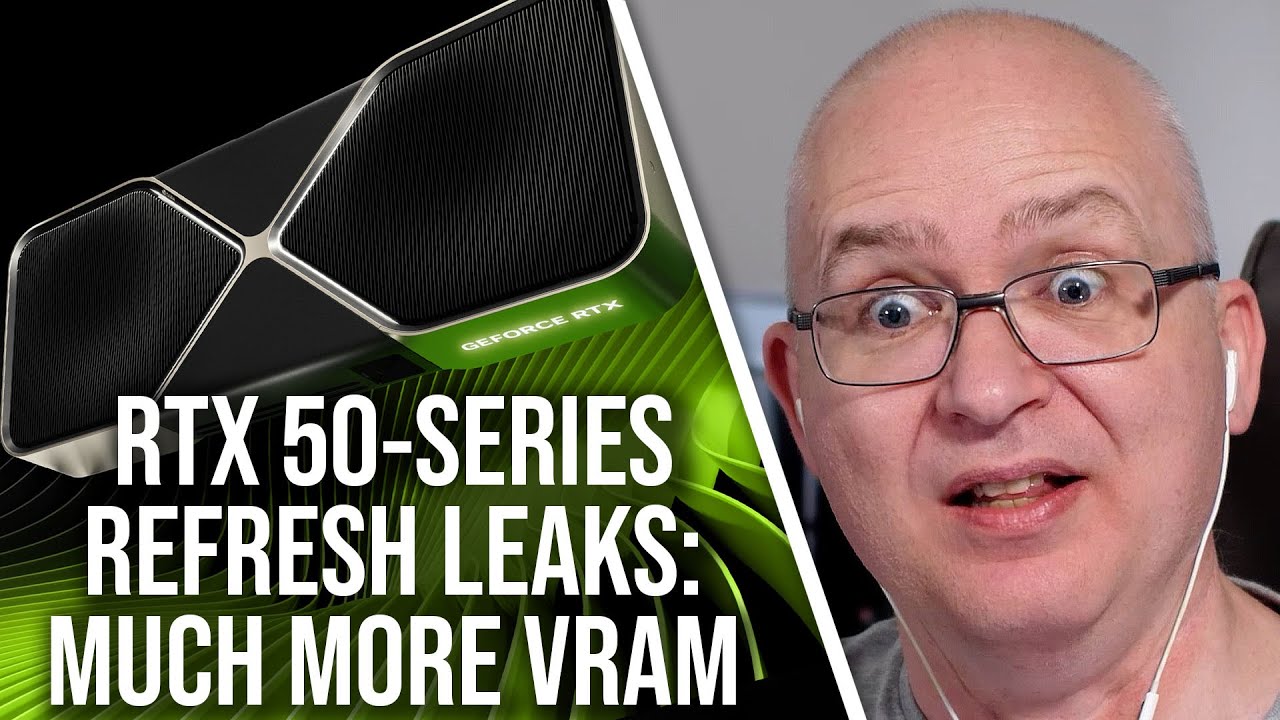Recent leaks reveal that Nvidia’s upcoming Blackwell “Super” GPUs, including the RTX 5070 Super, 5070 Ti Super, and 5080 Super, will feature increased VRAM and modest performance improvements, with the 5080 Super notably jumping to 24 GB VRAM and higher power consumption. While these upgrades cater to growing memory demands in gaming and AI workloads, Nvidia’s strategy of incremental enhancements across multiple variants may complicate consumer choices without delivering groundbreaking performance gains.
Recent leaks have shed light on the upcoming Nvidia Blackwell series updates, specifically the RTX 5070 Super, 5070 Ti Super, and 5080 Super models. These leaks, corroborated by renowned leaker Copite7kimi, reveal notable VRAM increases, with the 5080 Super jumping from 16 GB to 24 GB and the 5070 Super receiving a slight CUDA core boost from 6,144 to 6,400 cores. Despite these upgrades, performance improvements are expected to be modest, with more significant changes centered around memory capacity rather than raw power. The 5080 Super will also see a substantial power draw increase, rising to 415 watts from 360 watts, which raises questions about power efficiency and cooling.
The discussion highlights that while the VRAM increases are beneficial, especially for modern gaming and professional workloads, the performance gains may not be groundbreaking. The 5070 Ti Super, for instance, will maintain the same core count as the non-Super version but will benefit from a memory upgrade from 16 GB to 24 GB and a 50-watt power increase. This suggests Nvidia is focusing on filling out their product stack with multiple variants that offer incremental improvements rather than revolutionary changes. However, this approach could lead to confusion among consumers due to the proliferation of closely related models within the same performance tier.
A significant point of interest lies in the lower end of the market, which remains unaddressed by these leaks. There is an anticipation for potential 5060 Super or 5060 Ti Super models that could feature increased VRAM, possibly 12 GB, which would better align with the demands of contemporary games at 1080p and 1440p resolutions. Currently, 8 GB of VRAM is becoming insufficient for many titles, making this segment critical for Nvidia to improve. Enhancing memory capacity in these entry-level cards would provide a more reliable gaming experience without sacrificing texture quality.
At the high end, speculation surrounds whether Nvidia might release a fully enabled version of the RTX 5090 chip, which was initially capped below its maximum theoretical specifications. Such a card could push performance beyond current limits but would come with significant power consumption challenges, potentially requiring more robust power connectors and cooling solutions. This remains uncertain, but it represents an intriguing possibility for enthusiasts seeking the absolute peak in GPU performance.
Overall, the conversation underscores that while the “Super” variants primarily offer more VRAM and slight performance bumps, the real story is the evolving memory requirements driven by modern applications, including gaming and AI workloads. Increased VRAM is particularly valuable for AI-related tasks and new software features that demand more GPU resources. As Nvidia continues to expand its product lineup with numerous closely spaced options, consumers may face a complex decision matrix, balancing performance, memory capacity, power consumption, and price.
